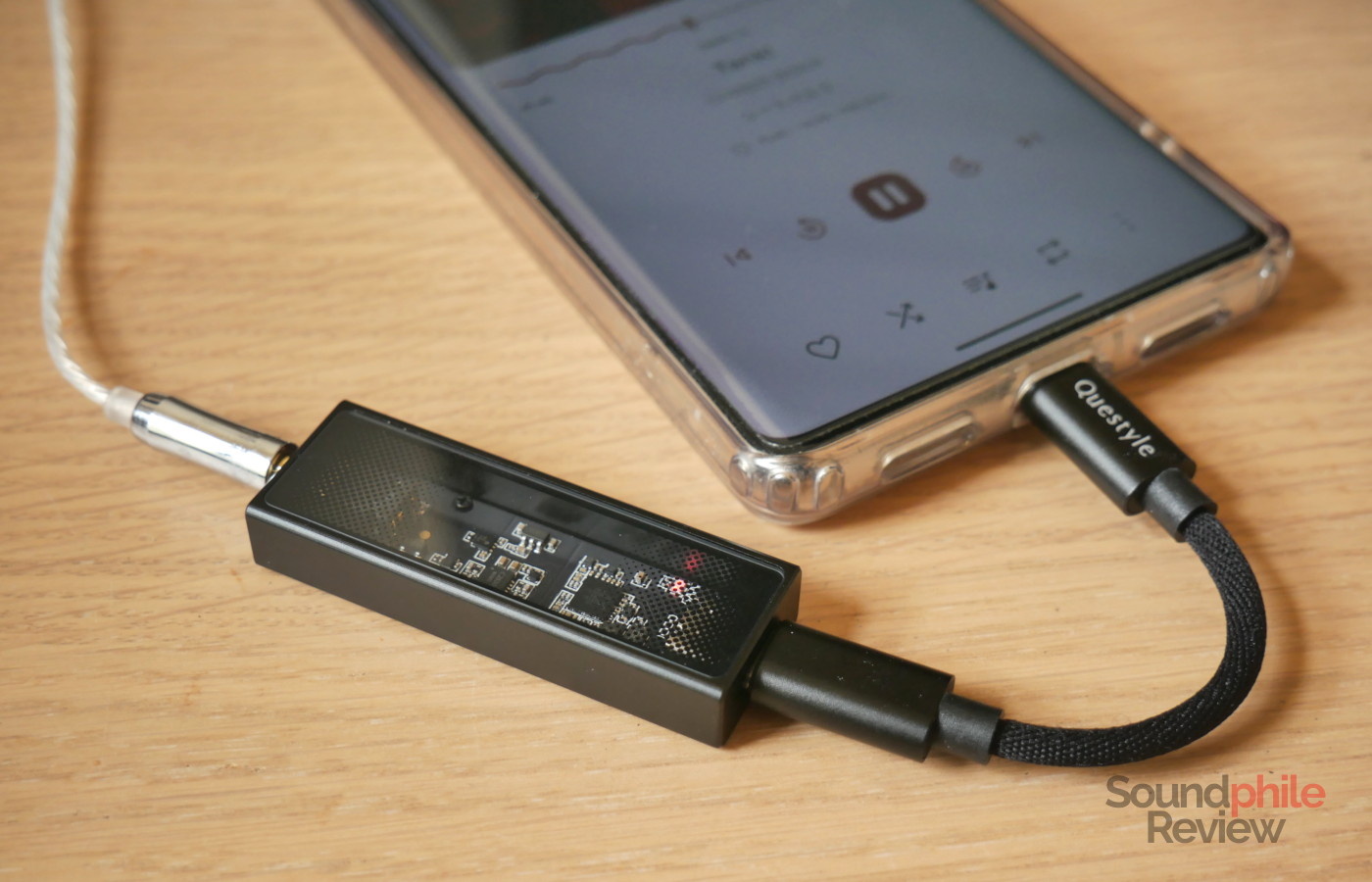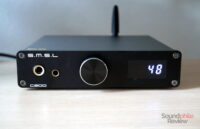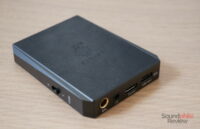As fewer and fewer devices feature 3.5 mm jack outputs, there are only two options for those who still want to use wired headphones: either using models which feature USB-C connectors, or using DACs to which you can connect your wired headphones. The Questyle M12i is an option made exactly for the second use case, with a detachable cable that makes it quite flexible. An update over the M12 launched back in 2021, the M12i features Questyle’s signature transparent glass which exposes the circuitry.
Disclaimer: I bought this unit and was reimbursed by Questyle, whom I thank. The M12i retails for $149. Additional info on the official website.
TL;DR: recap
| Pros |
Cons |
| + Incredibly cool design
+Superb build quality + Automatic impedance detection + Neutral sound signature + Can be used with earphones with a microphone |
– Low power output
– Pricey |
Rating: 7.8/10
Packaging & Accessories
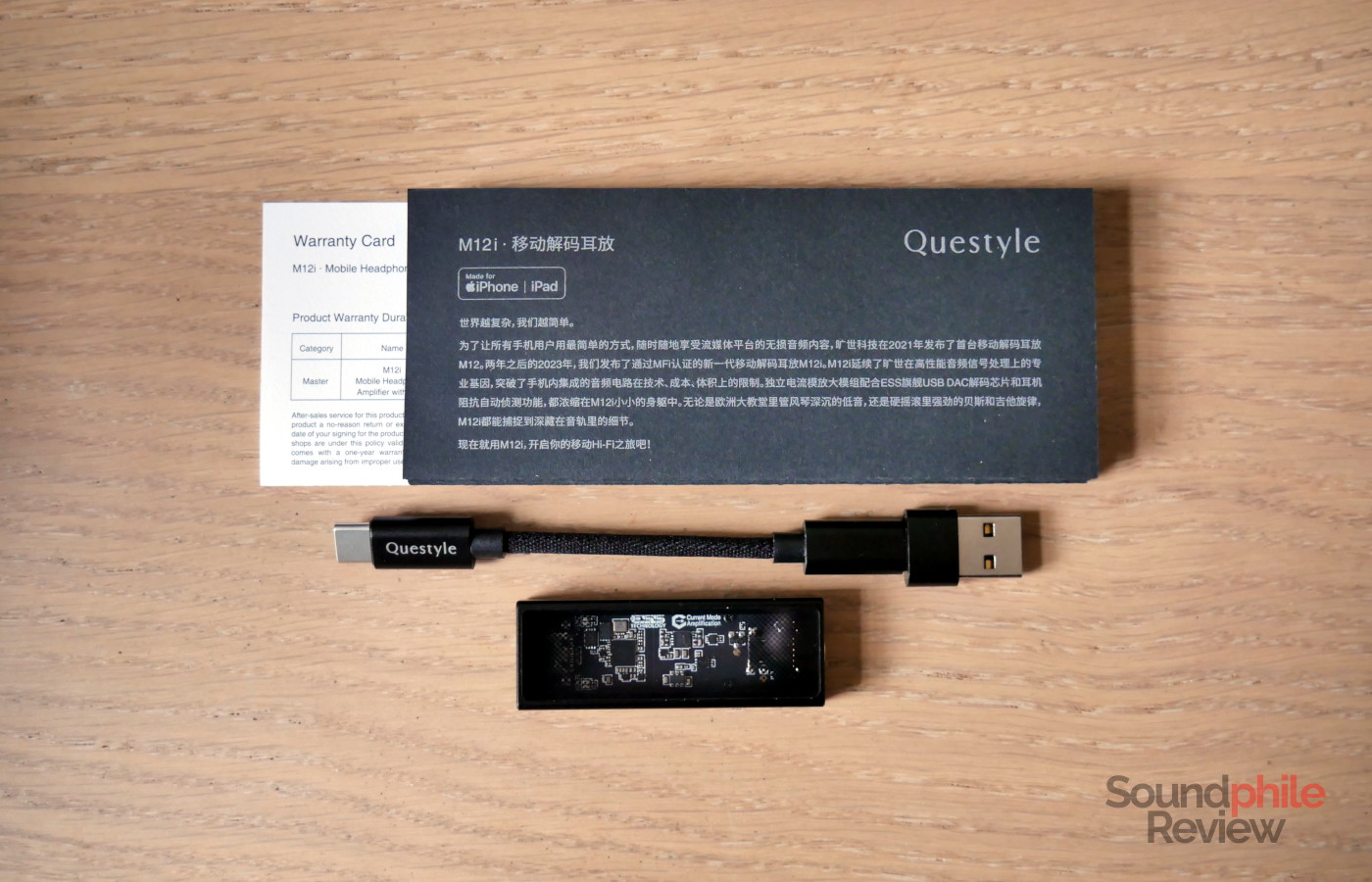
The M12i ships in a small cardboard box which contains the device itself, together with a 10-cm USB-C to USB-C cable, a USB-C to USB-C adapter, as well as a manual and a warranty card.
Design & Build
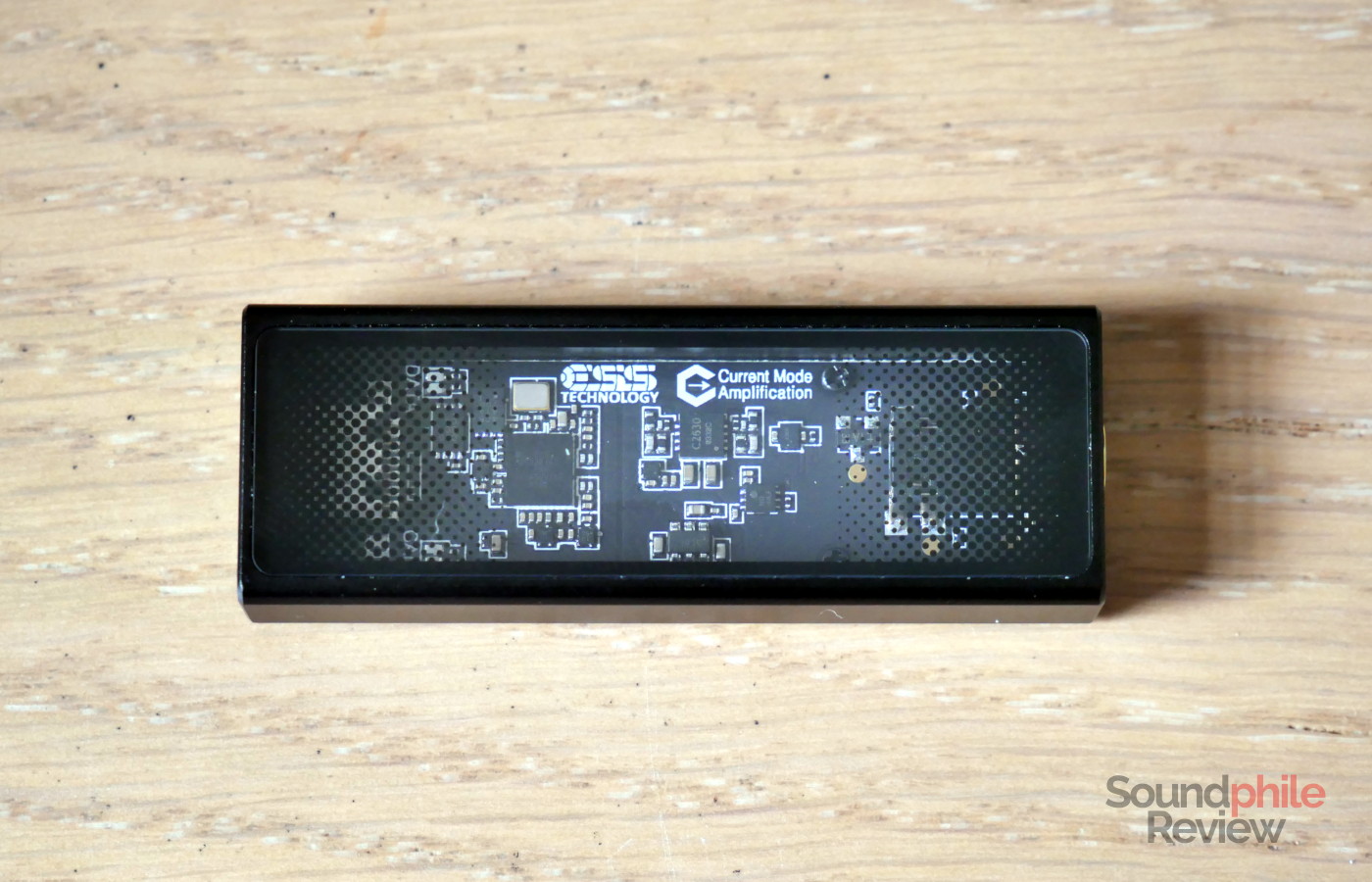
The Questyle M12i features a design and construction which look and feel remarkably close to those of the Questyle M15: the chassis is made of aluminium painted black and features a glass panel on top which shows the insides of device, with black dots progressively blocking the view towards the sides. This allows you to see the PCB, which is coloured black for better aesthetics, with all the chips exposed to view. This reminds me a bit of the transparent devices of the late ’90s, which used to show the innards through (semi-)transparent plastic.
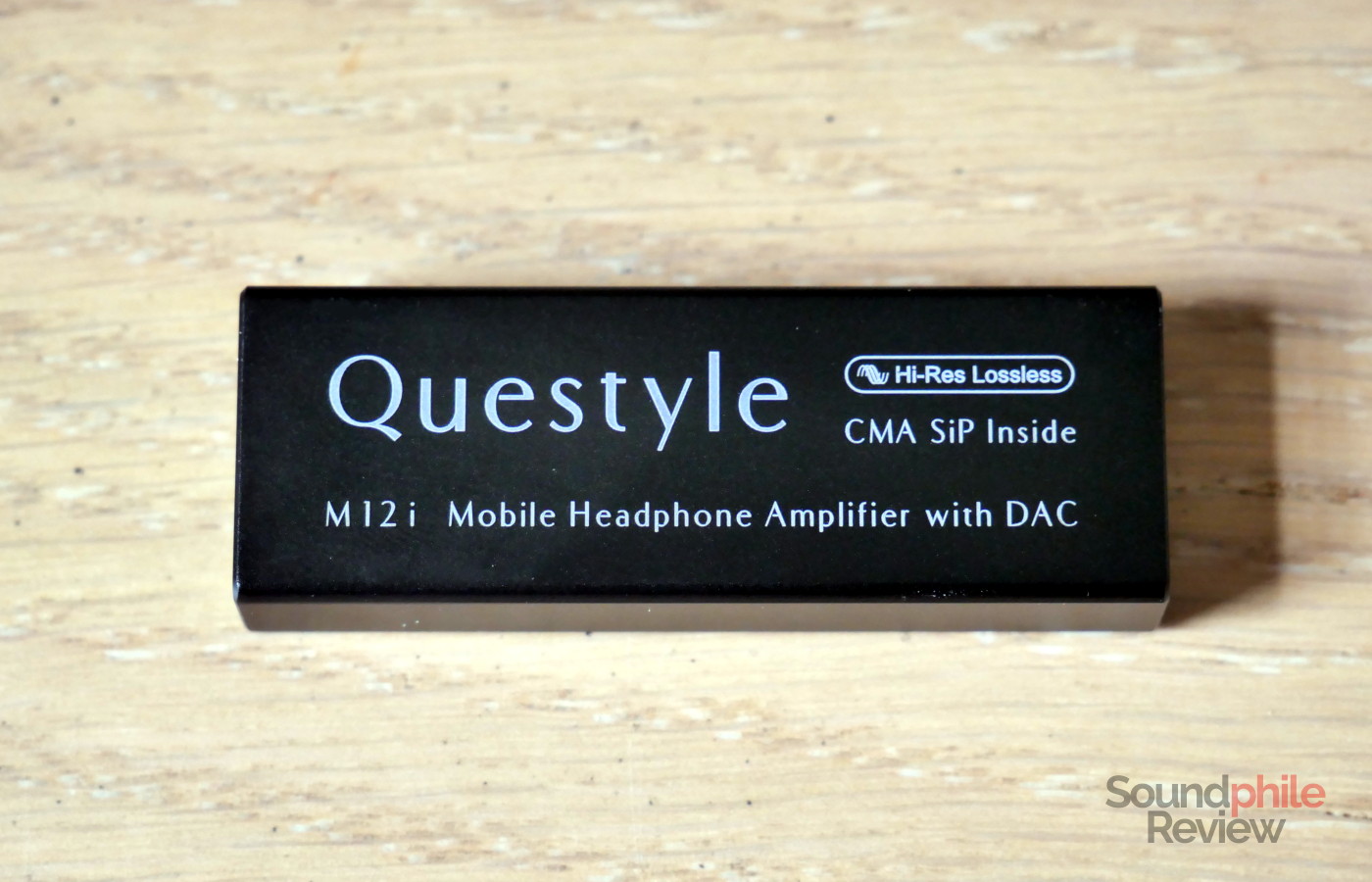
The glass panel not only serves an aesthetic purpose, it also makes the status LEDs visible. There are two groups of two LEDs: one for gain (low/high), and one for resolution of media being played (one LED for under 48 kHz, two for media above 48 kHz). But let’s face it, the glass panel that shows you the circuitry just looks cool.
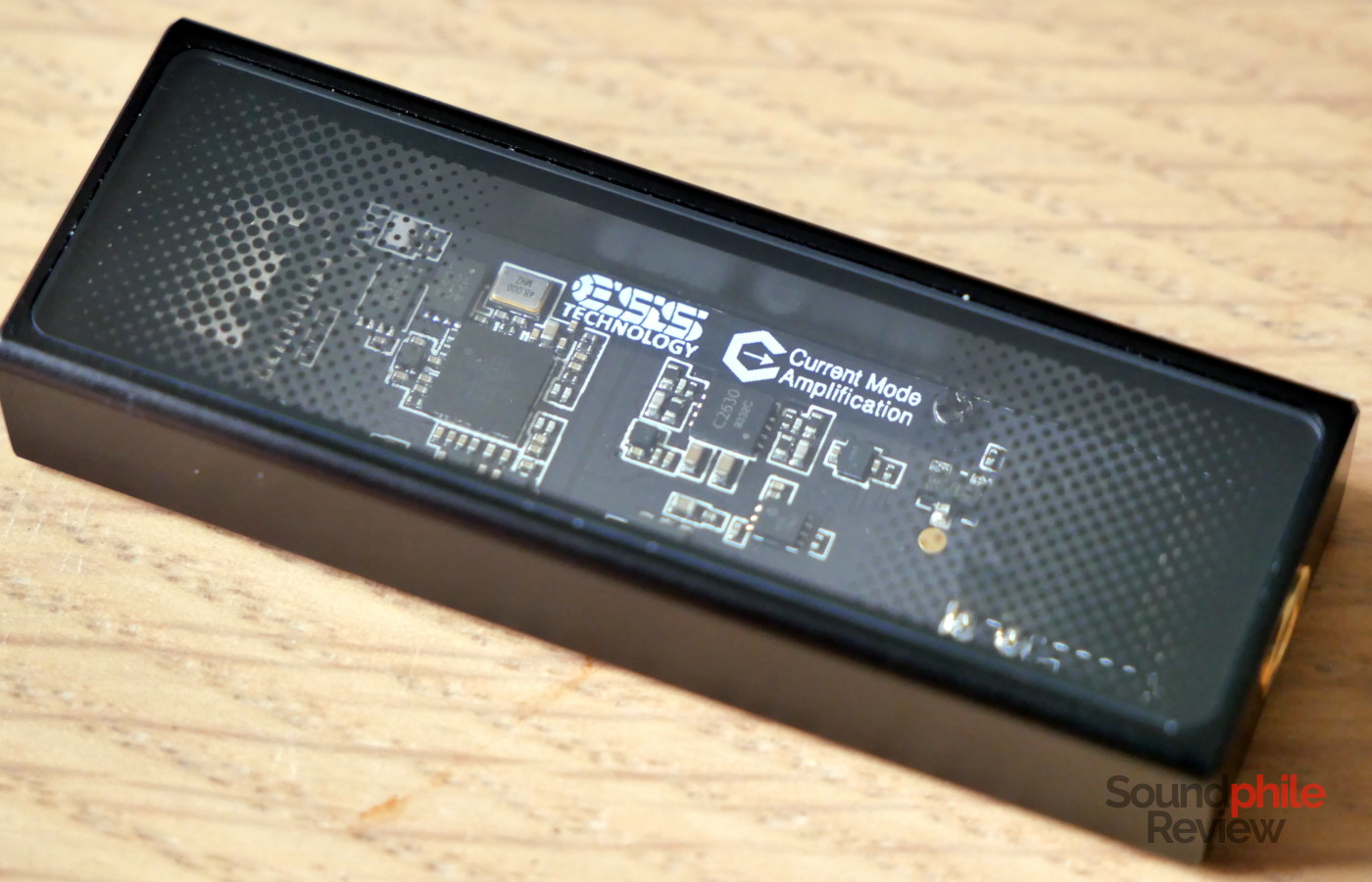
Build quality is, as in Questyle’s tradition, very high, with the machining of the metal which leaves it smooth and devoid of sharp edges. It is very small, at just 57 x 20 x 9 mm, and light, at [] g, so it is barely noticeable when you attach it to a smartphone, tablet or computer.
Features & Specs
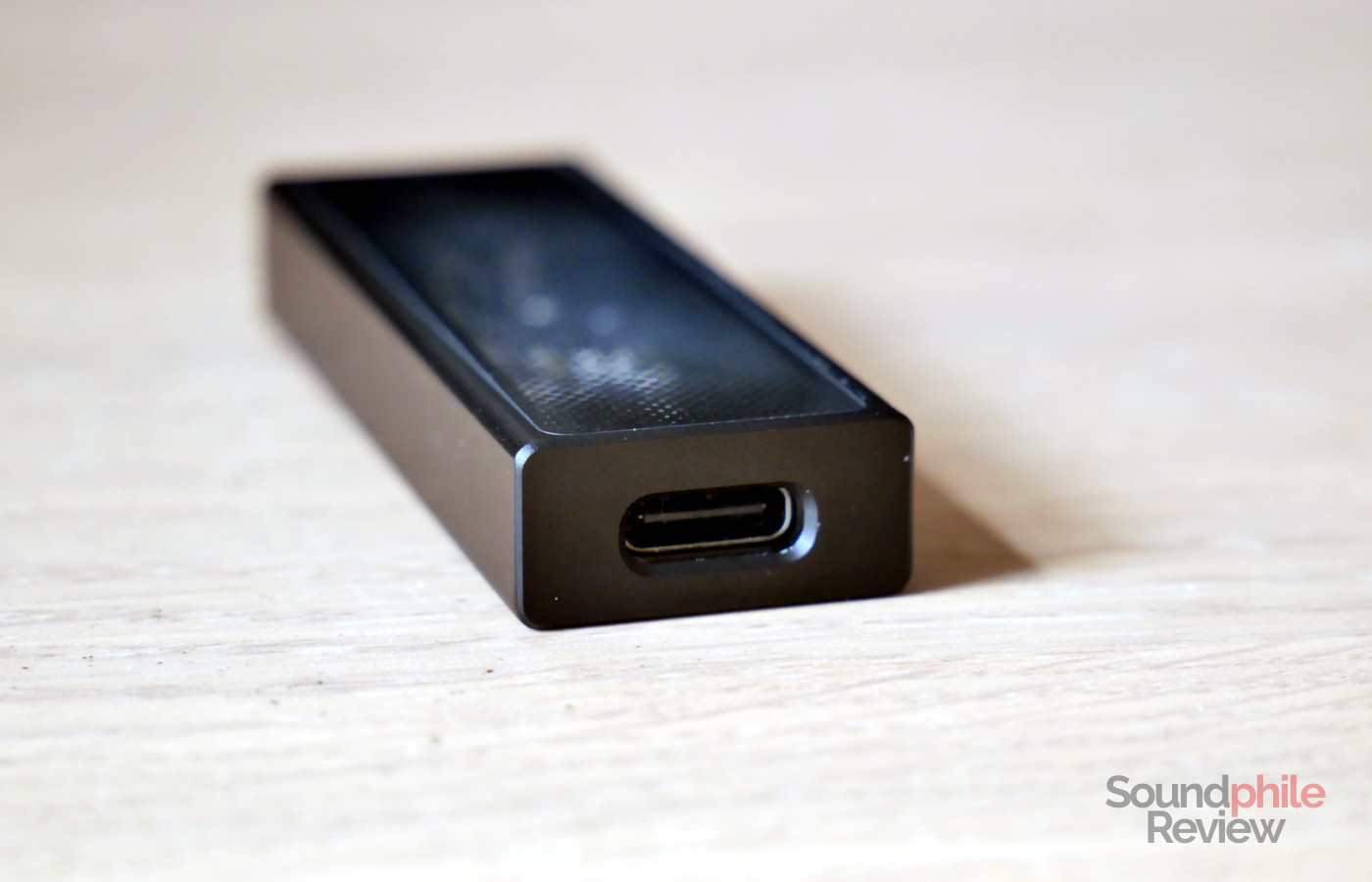
In terms of operating system support, the M12i works on Windows (with drivers), macOS, iOS, Android and Linux, too. Questyle does not explicitly mention support for UAC 1.0, which would make it compatible with consoles; given it is compatible with Linux, though, it works flawlessly on the Steam Deck. It should be noted that the M12i is only detected by the host when headphones are connected: if you connect it with no headphones plugged in, it simply does not appear to be connected (and this is true whatever device you connect it to).
Questyle M12i |
| Input | USB (up to 32 bit / 768 kHz PCM, DSD512) |
| Suitable headphones impedance | 8 – 600 Ω |
| Output impedance | N/A |
| Maximum output power |
|
| Frequency response | 20 – 72,000 Hz (±0.1 dB) 20 – 80,000 Hz (±2 dB) |
| THD+N (@1 kHz) | 0.0003% |
| SNR | -130 dB |
| Crosstalk | N/A |
The M12i is built around the ESS Sabre ES9281AC DAC, which is targeted at mobile devices and includes a headphone amplification stage. Which, however, is not used, as Questyle employed its own technology in the form of the internally-developed Current Mode Amplifier chip. Its output power isn’t exceptional, as it is limited to 19 mW at 16 Ω, but that’s good enough for earphones and low-impedance headphones.
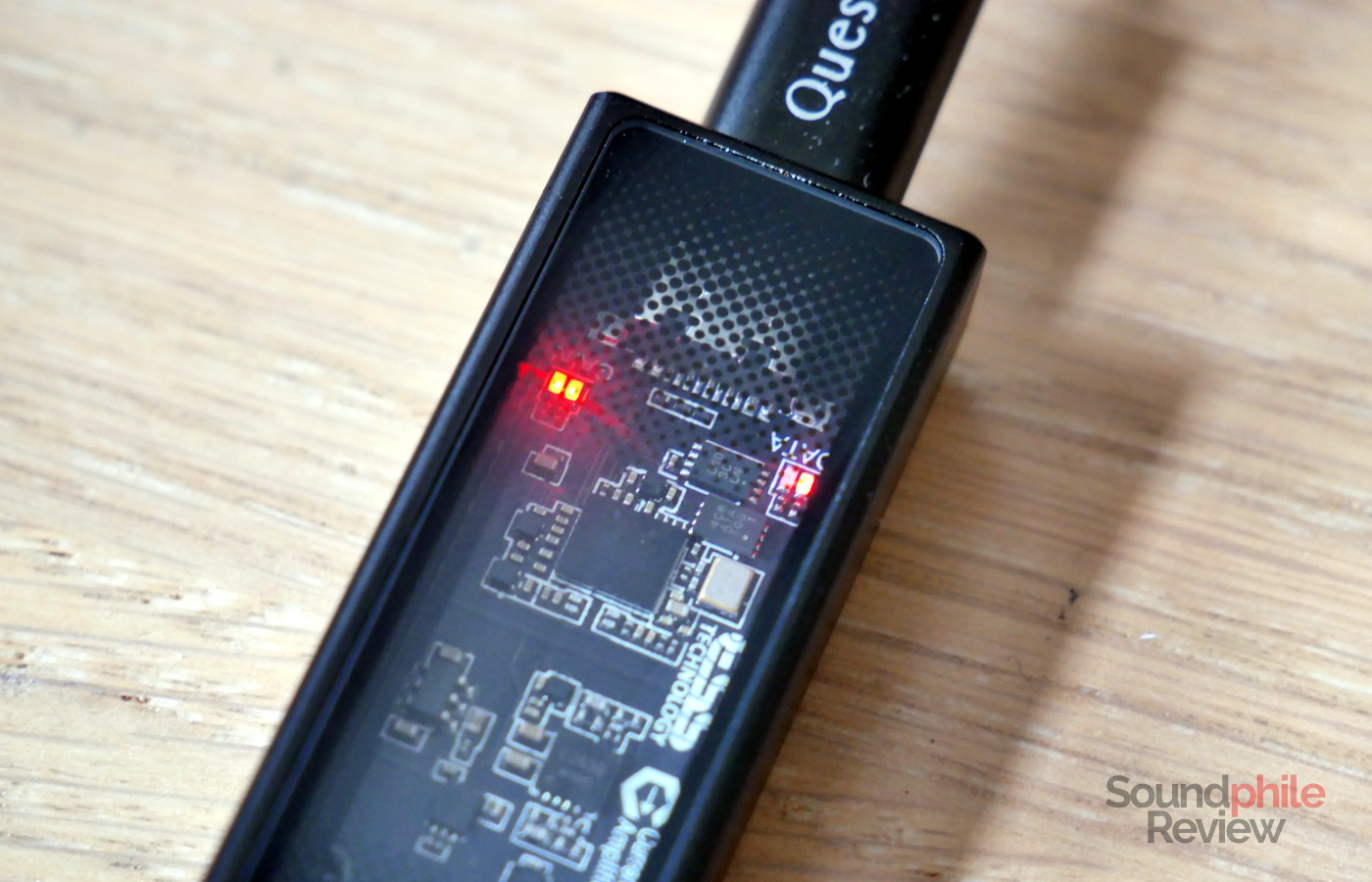
A very interesting feature of the M12i is that it automatically switches gain mode between low and high based on the impedance of the headphones: below 70 Ω it selects low gain, above that threshold it switches to high gain, and at 600 Ω and above it switches to 2 Vrms line out. This is easily fooled by using an adapter, though: I plugged in my HE1000SE with a 2.5 mm termination and an adapter to 3.5 mm, so the second LED wouldn’t light up; I then took out the HE1000SE and plugged in the HD 6XX into the adapter, and the device didn’t detect the high impedance. Despite operating in low gain, the M12i sounded exactly the same as when operating in high gain. There was not even a difference in volume, which would normally be expected when switching from low to high gain.
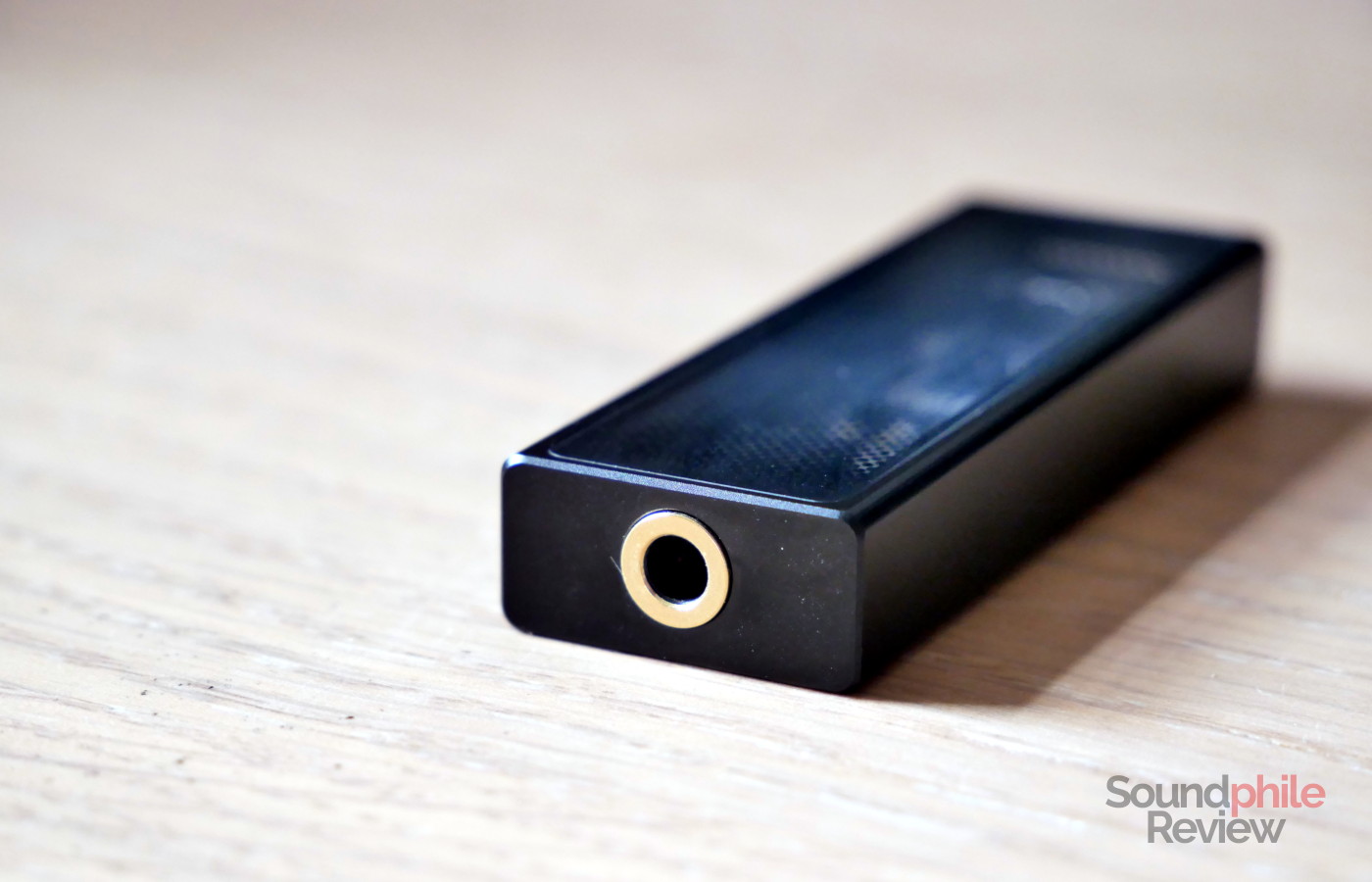
Another interesting feature is the compatibility with 4-pole 3.5 mm jacks, which makes it possible to use models with an inline microphone and remote.
Sound
I tested the Questyle M12i by connecting it to both my computer and my Google Pixel 7 Pro. I used a variety of earphones and headphones including the Questyle NHB15, the Sennheiser HD 6XX and the HiFiMAN HE1000SE.
The overall sound signature of the M12i is totally neutral, with no appreciable deviation from a completely flat frequency response. This means you can use the M12i with any earphones and headphones without influencing their sound signature. The background is completely black, so there are no buzzes, hisses or other noises.
Although power output is very limited, the M12i can power the HD 6XX to a high volume level, and it has enough oomph to also make the mid-bass section sound correct, despite the impedance going up to 500 Ω in that area. The HE1000SE have an impedance of 16 Ω, so they are fairly easier to drive, and they do sound great on the M12i, too, with a high volume level even setting it to the minimum.
Final Thoughts
The Questyle M12i is a very stylish little portable DAC which works amazingly well. The design is outstanding, and build quality is fantastic, too. It also sounds great with a wide variety of earphones and headphones, which makes it a rather versatile device. The automatic impedance detection and gain adjustment is a very neat trick which I see for the first time and adds a bit of convenience – that is, after all, the point of smart things, isn’t it? It is not clear to me what, if any, effect the switch between low and high gain has; it has to be said, however, that even relatively hard-to-drive headphones like the HD 6XX sound good whatever mode is selected, so I do not see this point as really important. The only possible drawback of the M12i is the price: at $149, it is fairly pricey compared to competitors with similar specs (especially when we look at power output). The looks might somewhat compensate for this, however, although that is for you to decide.

